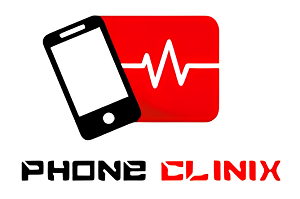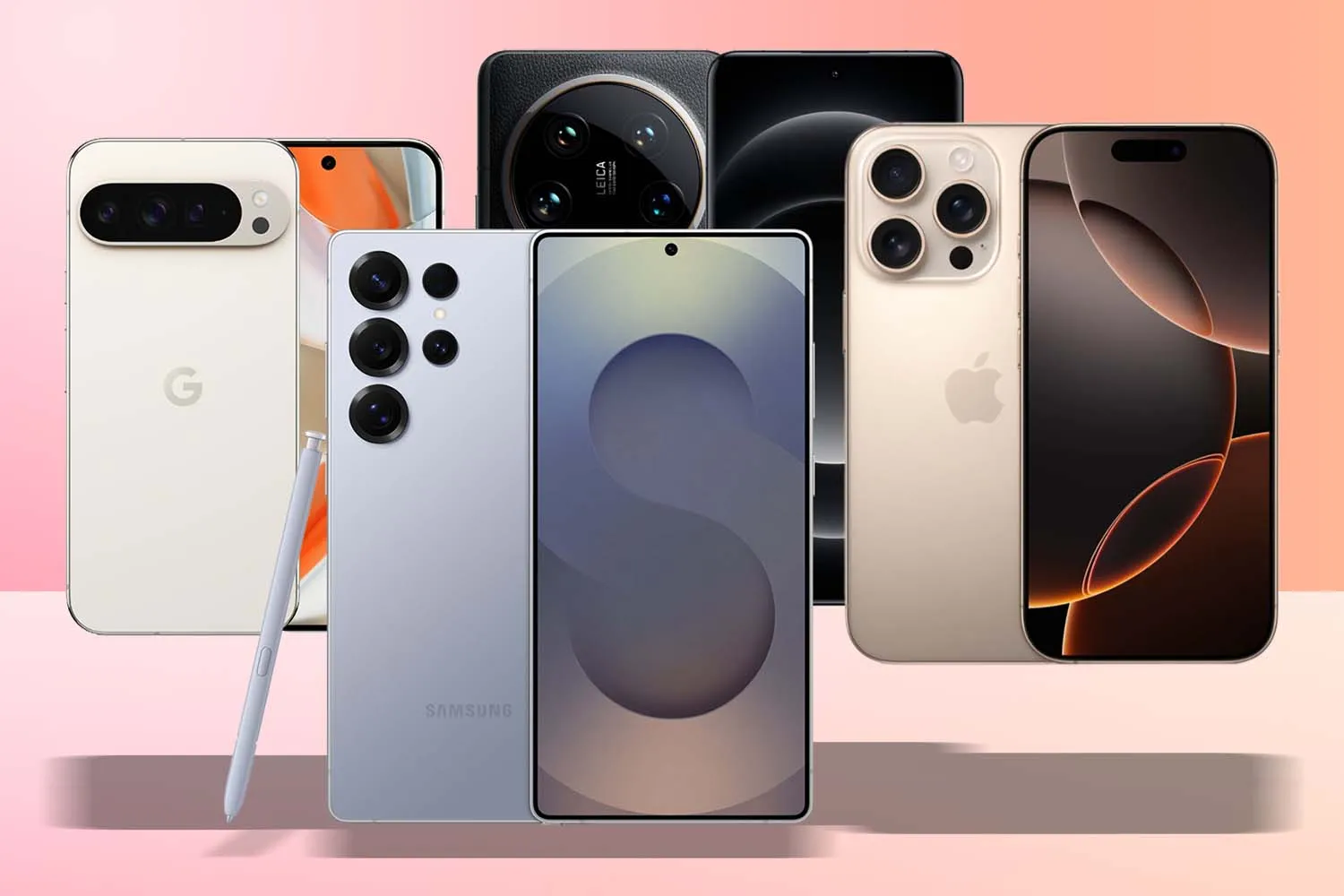If your phone is charging slower than usual, you’re not alone. It’s one of the most common complaints among smartphone users today. Whether you’re in a rush to head out or relying on your phone for work or entertainment, slow charging can be incredibly frustrating. The good news? You can identify the issue and often fix it with the help of phone diagnostic software.
In this article, we’ll dive deep into why your phone may be charging too slowly and how you can use diagnostic tools to pinpoint the problem and resolve it quickly.
Why Is My Phone Charging So Slowly?
Before jumping into solutions, it’s essential to understand the common causes of slow charging. Some of these issues are hardware-related, while others involve software or settings.
1. Faulty Charging Cable or Adapter
This is one of the most common culprits. Over time, charging cables and adapters can wear out or become damaged. A frayed cable or incompatible adapter can drastically reduce charging speed.
2. Dirty Charging Port
Dust and debris can accumulate in your phone’s charging port, creating a poor connection and slowing down charging.
3. Background Apps
Too many apps running in the background can consume power even while your phone is charging. This means your phone is using up battery while trying to charge it.
4. Battery Health
Older batteries naturally degrade over time. A worn-out battery may not charge efficiently, regardless of how good your cable or adapter is.
5. Software Bugs or Settings
Sometimes, a recent update or system setting might affect charging speed. Power-hungry apps or bugs in the system can interfere with efficient charging.
This is where phone diagnostic software becomes incredibly useful.
What Is Phone Diagnostic Software?
Phone diagnostic software is a tool (either an app or a suite of tools) designed to test and monitor various aspects of your smartphone’s hardware and software. It can identify problems like battery health, CPU performance, charging status, temperature levels, and much more.
How Phone Diagnostic Software Helps Diagnose Slow Charging
Using diagnostic tools, you can get to the root of your charging issue in minutes. Here’s how:
1. Monitor Charging Current
One of the key features of diagnostic apps like Ampere or Phone Clinix is real-time charging current monitoring. These apps show the milliampere (mA) or ampere (A) level at which your phone is charging.
- A standard USB charger usually outputs around 500-1000 mA.
- A fast charger should provide 1500 mA or more.
If your charging current is unusually low, you may have a faulty cable, adapter, or port.
2. Check Battery Health
Over time, your phone’s battery capacity diminishes. Apps like Phone Clinix estimate your battery’s current health compared to its original capacity.
For example, if your battery originally had a capacity of 4000 mAh but now shows only 3000 mAh, that could be a major reason behind slower charging and reduced screen time.
3. Detect Overheating Issues
Phone diagnostic software also monitors battery and CPU temperature. High temperatures can trigger thermal throttling, causing the phone to slow down charging to avoid overheating.
If your phone gets unusually hot during charging, a diagnostic app can help confirm this, allowing you to take steps like removing the case, closing apps, or moving to a cooler environment.
4. Analyze Charging Speed Trends
Many apps allow you to view charging patterns over time. You can track whether your charging speed is consistent, dropping, or fluctuating. This is useful for identifying whether a recent update or app installation might have affected your phone’s charging behavior.
Tips to Speed Up Charging
Once you’ve diagnosed the problem with the help of phone diagnostic software, here are some practical steps to improve charging speed:
1. Use a Certified Fast Charger and Cable
Always use the original charger or a certified replacement. Third-party chargers may not support fast charging or may even harm your device.
2. Clean the Charging Port
Use a toothpick or a small, dry brush to carefully clean out dust and lint from your charging port. Be gentle to avoid damaging the connectors.
3. Enable Airplane Mode
Turning on Airplane Mode disables most of your phone’s background communication (Wi-Fi, Bluetooth, mobile data), which helps it charge faster.
4. Close Background Apps
Use your phone’s task manager or settings to close unnecessary apps running in the background. This frees up resources and reduces battery consumption during charging.
5. Avoid Using the Phone While Charging
If you’re watching videos, gaming, or video calling while charging, you’re consuming battery power simultaneously. Try to avoid using the phone when it’s charging if speed is your priority.
6. Replace an Aging Battery
If your battery is more than 2–3 years old, it might be time to consider a replacement. Phone diagnostic apps can help you determine if your battery is degraded.
When to Visit a Technician
If all else fails and your phone still charges slowly despite trying different cables, ports, settings, and chargers, you may be facing a hardware issue such as:
- A damaged charging IC (integrated circuit) on the motherboard
- A broken USB port
- Internal battery damage
Phone diagnostic software can often alert you to these issues by showing zero charging current, high internal resistance, or sudden voltage drops. In these cases, it’s best to consult a professional technician.
Summary
A slow-charging phone isn’t just an inconvenience — it could be a sign of deeper hardware or software issues. Thankfully, phone diagnostic software provides an easy and effective way to troubleshoot and address the problem. By using apps like Ampere or AccuBattery, you can:
- Measure actual charging speed
- Monitor battery health
- Detect overheating
- Track performance trends
Once the problem is diagnosed, simple fixes like using a proper charger, cleaning the port, closing background apps, or replacing the battery can make a significant difference.
So next time you find yourself thinking, “Why is my phone charging way too slowly?”, turn to phone diagnostic software. Not only will you get to the root of the issue, but you’ll also gain valuable insights into your phone’s overall health.



